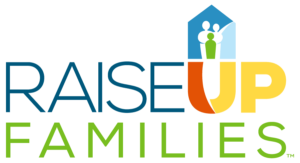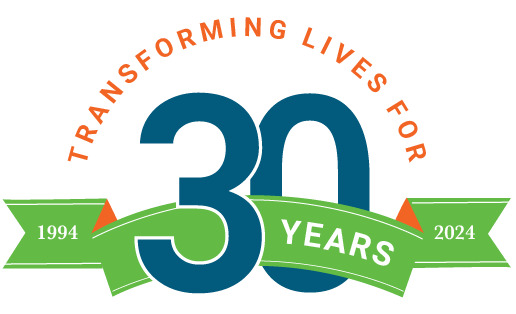

A Framework for Understanding Poverty: What it Is and Why it Matters
Have you ever watched someone spend their money on something frivolous and wondered: Why on earth are they wasting money on that? Or maybe you were surprised to see your friend go into debt for an English literature degree instead of taking a well-paid position in a local factory.
We’ve all observed financial decisions that make us wonder and (let’s be honest) judge a little.
But things aren’t always that simple.
In this blog, RaiseUp Families will take a look at why people make the financial decisions they do. We will use the Framework for Understanding Poverty (also known as Hidden Rules Among Classes), by Ruby Payne, as our guide.
Ready to learn why people handle money in such diverse ways?
Let’s dig a little deeper!
You can study poverty and social class from many perspectives. Generally speaking, there are four frames of reference people use to understand class differences:
Each of these offers a slightly different, valuable perspective. However, no one frame of reference can offer a complete picture, and they are most effective when understood together.
But these perspectives miss one important thing: a cognitive framework.
What is a cognitive framework?
A cognitive framework examines the way we think, reason, and view the world, and how that influences our actions!
In her book, A Framework for Understanding Poverty, Ruby Payne uses a cognitive framework to explore the causes and effects of poverty and the subconscious beliefs that govern different economic classes.
While working as a teacher and a principal, Payne noticed that middle-class educators often misunderstood children from impoverished backgrounds. These misunderstandings caused poor communication, misinterpretation, judgment, and (in some cases) a lack of empathy for those living in poverty.
Using her personal experience in a cross-cultural marriage and her experience as an educator, she began to offer advice and support to the educators around her. The support proved helpful and eventually grew into workshops, books, and a consulting organization called aha! Process, Inc.
At the heart of Payne’s work are her Hidden Rules Among Classes. This simple framework identifies the diverse ways people in the upper, middle, and lower classes understand and relate to the world around them.
Take a minute to look over this chart:
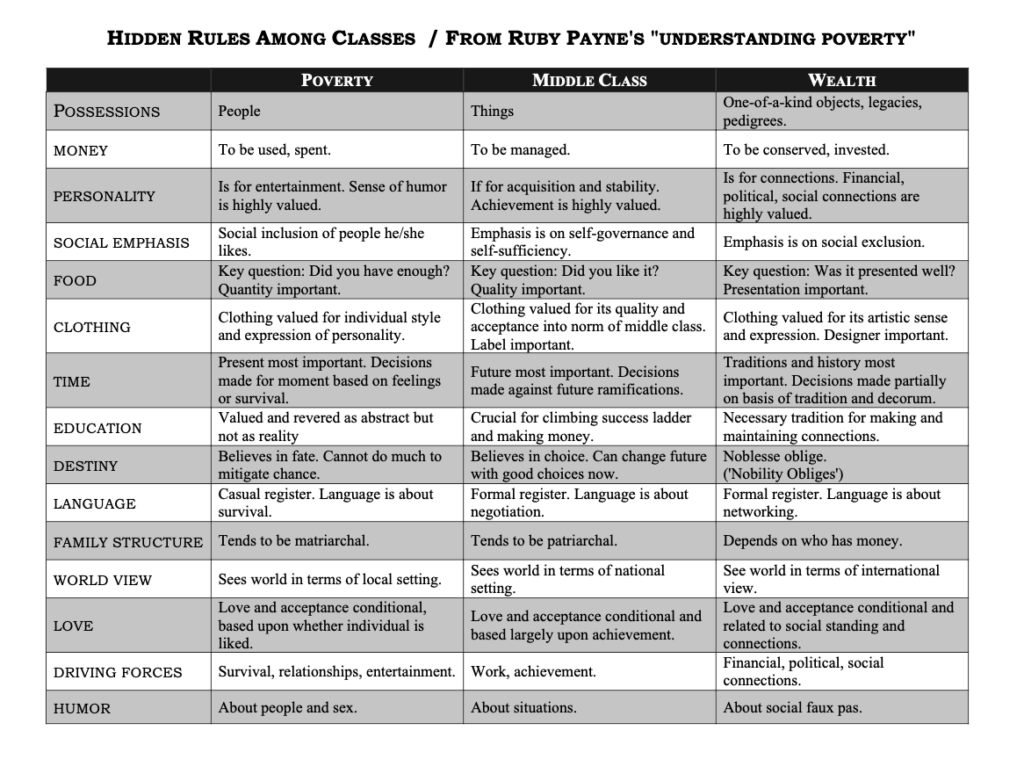
Source: HIDDEN RULES AMONG CLASSES / FROM RUBY PAYNE'S "UNDERSTANDING POVERTY"
Payne argues that these hidden rules influence the way different classes understand each other, and prevent people from easily moving to a different social class. Successfully transitioning to a different class entails adapting one’s value systems for each category to closely reflect that of the class they are entering. If we want to communicate well and offer empathy and support to someone in a different economic group, we need to understand the hidden rules that govern each class.
Payne then explores:
Payne also offers five caveats that are key to understanding her work:
Now that we have a general picture of what Payne’s framework is let’s look at how it's helpful!
Payne’s framework aims to foster empathy, awareness, and actionable strategies to help people living in poverty.
It accomplishes this in five ways.
If you want to help people, understanding and empathy are crucial. Payne’s Framework provides insight into people's motivations and priorities, which helps us understand them.
Here's an example. Why would someone on food stamps get coffee for themselves and their three kids at Starbucks? After all, Starbucks is expensive and a want, not a need! People of means fail to realize that the joy a person in poverty can bring their child and themselves makes the cost totally worth it! This is because they highly value relationships and their ability to do something small to bring their child happiness and create a memory.
The framework also helps us develop understanding and empathy for ourselves, by identifying our own thought processes and value structures.
One student from our classes is a great example. After several classes, she discovered that while she saw herself as middle class, she had a mental model of poverty. As long as her monthly expenses were higher than her income, she didn’t feel the need to improve her financial habits, because she was surviving. In her mind, poverty meant no job and being homeless. After reviewing Payne’s theory, she focused on increasing stability in her life.
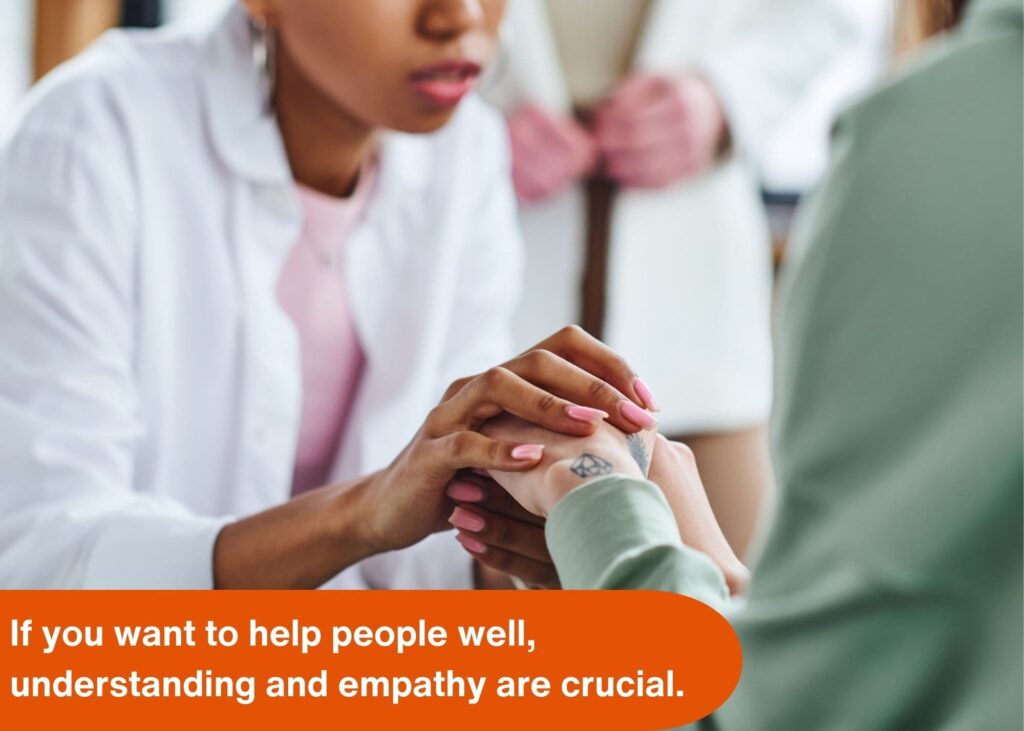
Since people operate from different frames of reference, misunderstanding is almost inevitable.
For example, imagine you want to help your friend, a struggling single dad with two school-aged kids. You notice that your friend often feeds his children junk food even though he can technically afford more nutritious food. You can’t understand why your friend doesn’t seem to care about his kid’s health, which upsets you.
By understanding the framework, you may learn that within poverty, the quantity of food is generally more important than the quality. By understanding his perspective, you can help him in a way he appreciates, instead of being judgemental because you misunderstand his motivations..
Sometimes it helps to stage an intervention, but sometimes it’s actually harmful. The Framework helps you tailor interventions to the unique needs of the situation.
Here’s a great example.
Because middle-class people highly value education and view it as crucial for climbing the success ladder/generating income, decades of educators have pushed four-year college. While well-intentioned, this has done a tremendous disservice to low-income students and often to middle-class students as well, causing them to incur enormous debts they may never be able to pay off. Post-secondary options like vocational, trade schools, or Associates programs can better serve many skilled students.
Our director Angela spent some time mentoring high school students. Around 85 students enrolled in a 4-year college one year, but only four returned for the second semester of their freshman year. These students lacked the support system needed for a four-year college.
While four-year college is great for someone who’s prepared financially, socially, emotionally, and has a great support network around them, for many kids, it simply straps them with debt and leaves them without the skills they need for effective upward mobility.
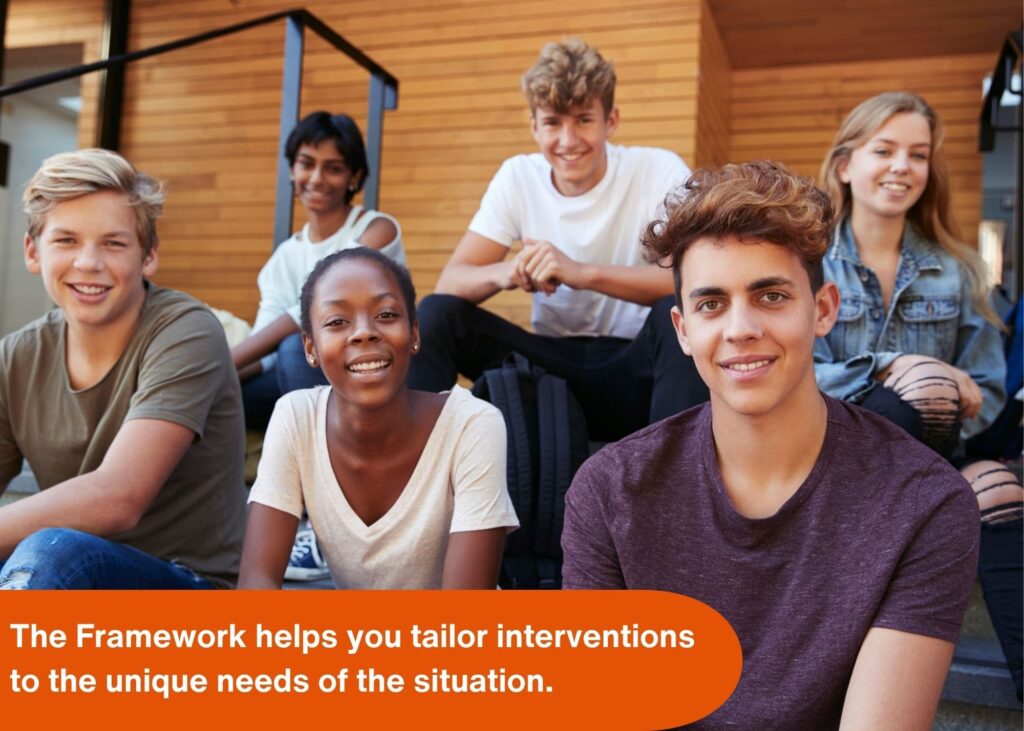
When you understand class as a distinct culture, as described within Payne’s framework, you can tailor your approach to the specific culture of the impoverished individuals and communities you’re working with. This means interventions are respectful, relevant, and sensitive to the cultural context.
Payne's approach emphasizes the importance of collaboration between individuals who want to help, community organizations (like churches, schools, etc.), and local businesses. This collaborative approach helps community development and addresses multiple aspects of poverty.
Policymakers and advocates also benefit from Payne's research and insights, since it helps them make decisions and create policies that address the root causes of poverty.
Overall, focusing on community development and collaboration leads to more impactful and sustainable anti-poverty measures.
We hope this article has helped you understand a bit more about yourself and your neighbors!
Here at RaiseUp Families, we have seen tremendous results from Payne’s Framework for our team members and clients. We are delighted to have two certified facilitators on our staff, providing Framework-based classes as part of our AfterCare Program.
If you or a family you know is facing a financial crisis in the Houston area, we’d love to help. Our programs include:
If you’d like to support families in need, be sure to read our Guide to Helping Families and learn more about ways to give and volunteer.
Please reach out with any questions or to learn more. We hope to connect with you soon!
